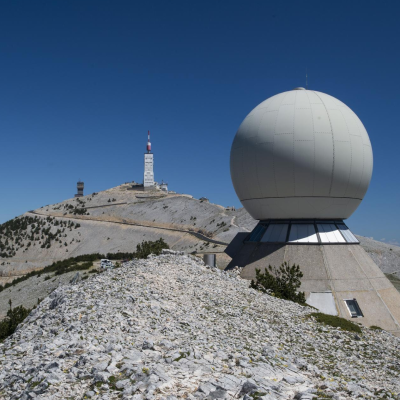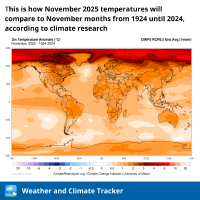
[]
Sunny: The Classic Bright Day
Ah, the classic sunny day—a favorite among beachgoers, picnic enthusiasts, and cats lounging by windows. It’s the kind of day where sunglasses aren’t just a fashion statement, they’re a necessity. The sun, being the attention seeker that it is, shines down brilliantly, casting vibrant hues everywhere and making shadows play on the ground.
Read more...










